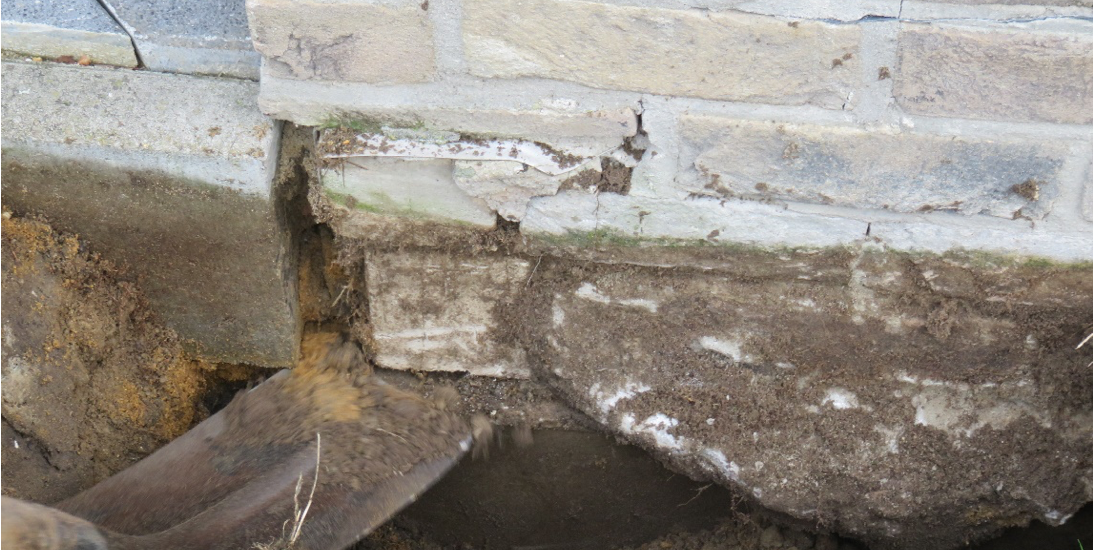Ten year liability
The ten year liability

Article 1792 of the Civil Code stipulates that when a building lapses by a fault in the construction, the architect and the contractor are liable for 10 years. Article 2270 CC provides that the architect and the contractor are discharged from their liability involving the major works that they have carried out or led in the course of ten years.
The regime of the ten-year liability does not only intend to protect the private interests, but also to ensure the public safety, because of which this liability is of public order, so one cannot deviate from this in the agreements.
The application conditions of the articles 1792 and 2270 CC can be summarised as follows:
- Parties have to be bound by a building contact and not by a sale contract.
- There has to be a fault present that regards a building or a large real estate.
- It has to be about a serious fault. This is the case when the stability of the building (or a significant part of it) is affected or endangered.
- The ten-year liability also regards faults which do not affect the sturdiness or stability of the building, but in turn can possibly lead to such implications.
- Also proof has to be delivered of the fault, which in practice will be established by means of a adversarial expertise.
Some practical examples of faults that (can) fall under the ten-year liability:
- Damage caused by rising groundwater. (read: ground level zone, water barriers, etc.)
- Damage caused by water infiltrations through the masonry.
- Damage caused by crack in or deflection of load-bearing elements.
The ten-year guarantee term is an expiration term which in principle starts from the definitive completion.
Note: one can deviate from this by stipulating in the agreement that the term will start from the provisional completion and more specifically if this provisional completion implies an acceptance of the works.
An important difference with the short procedural term concerning the liability for lightly hidden faults is that for the ten-year guarantee term the procedural term is also ten years.


